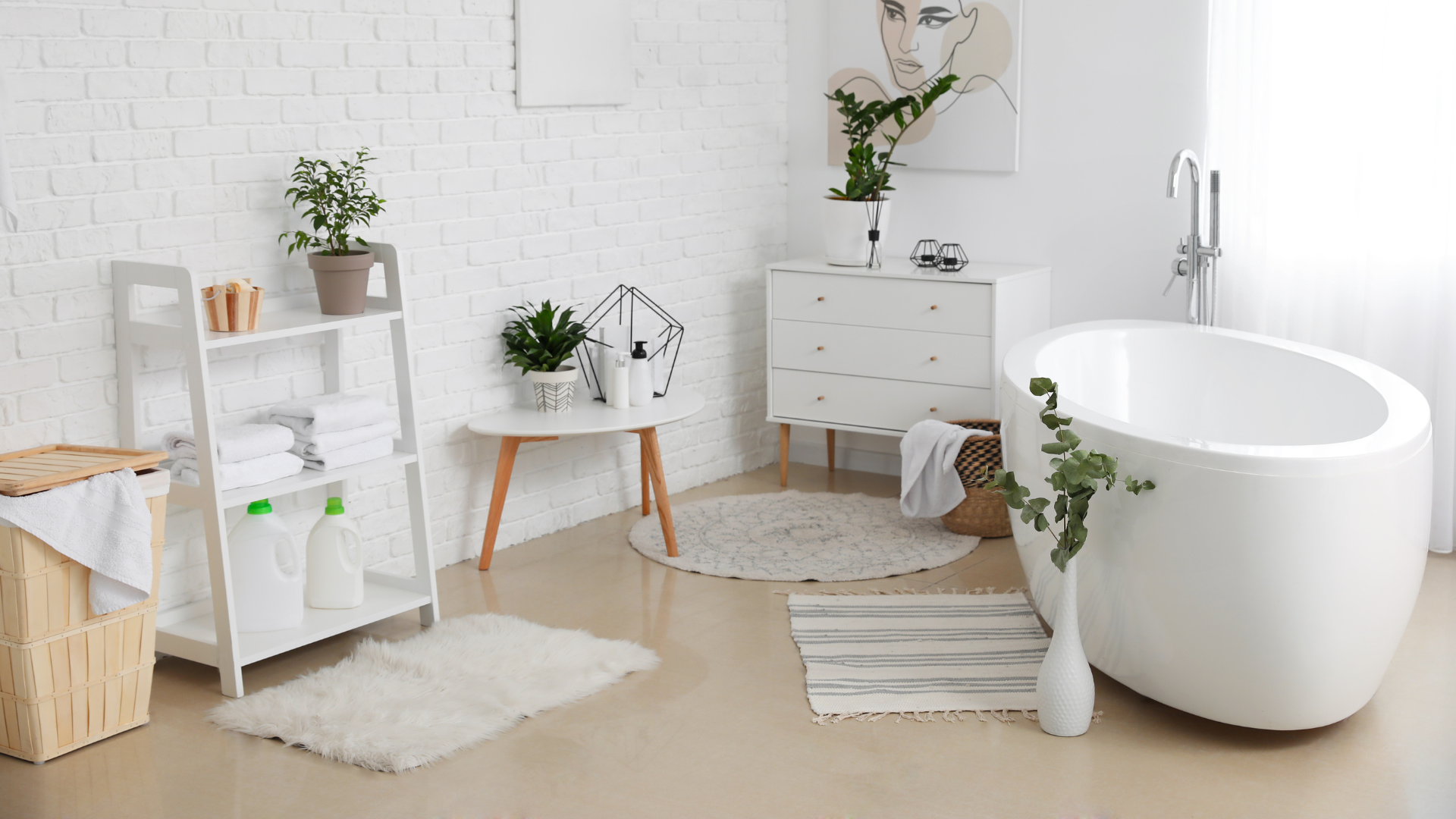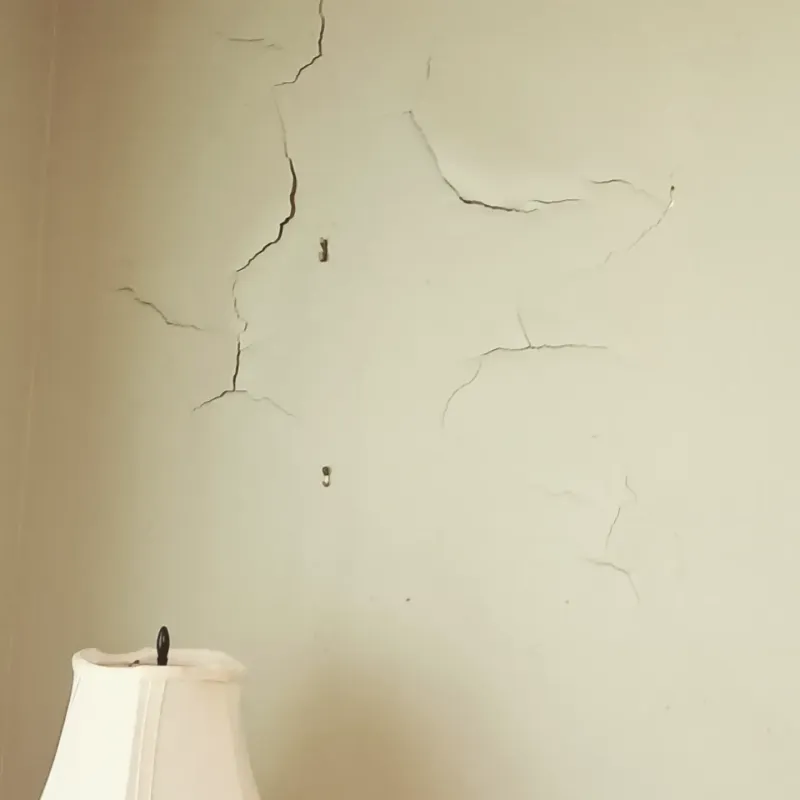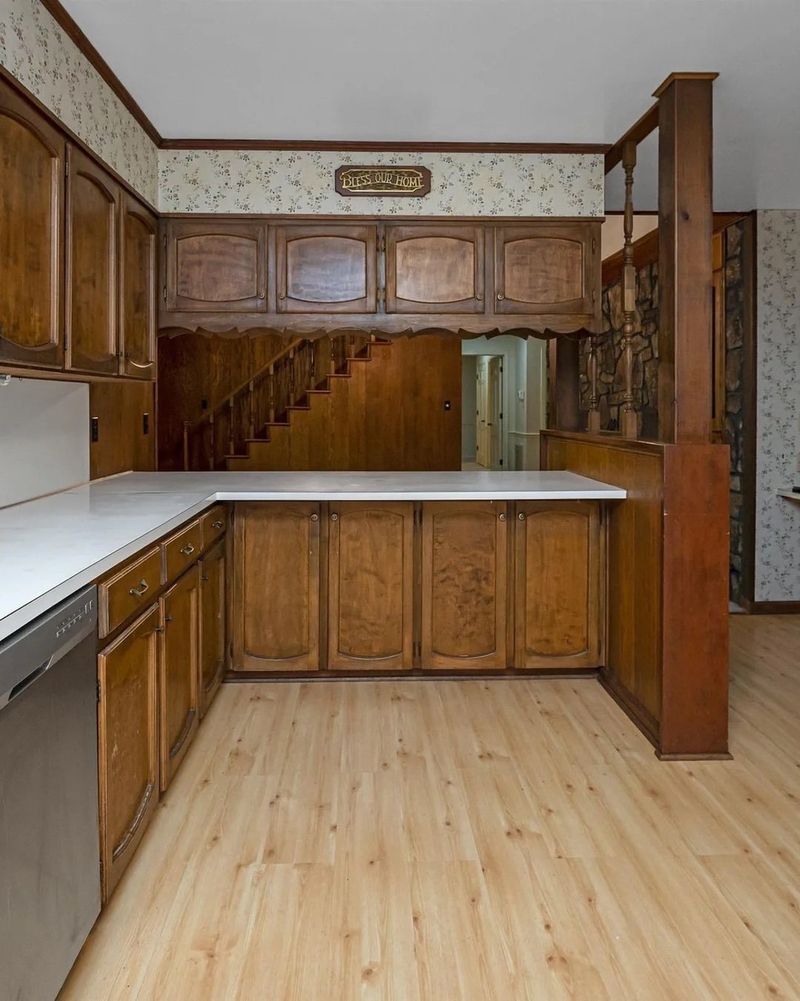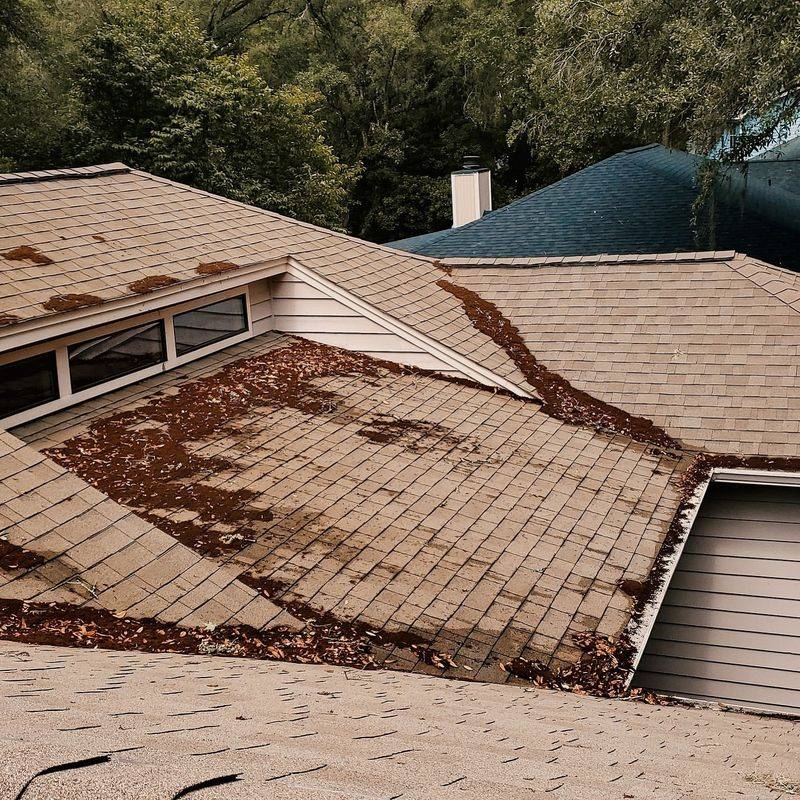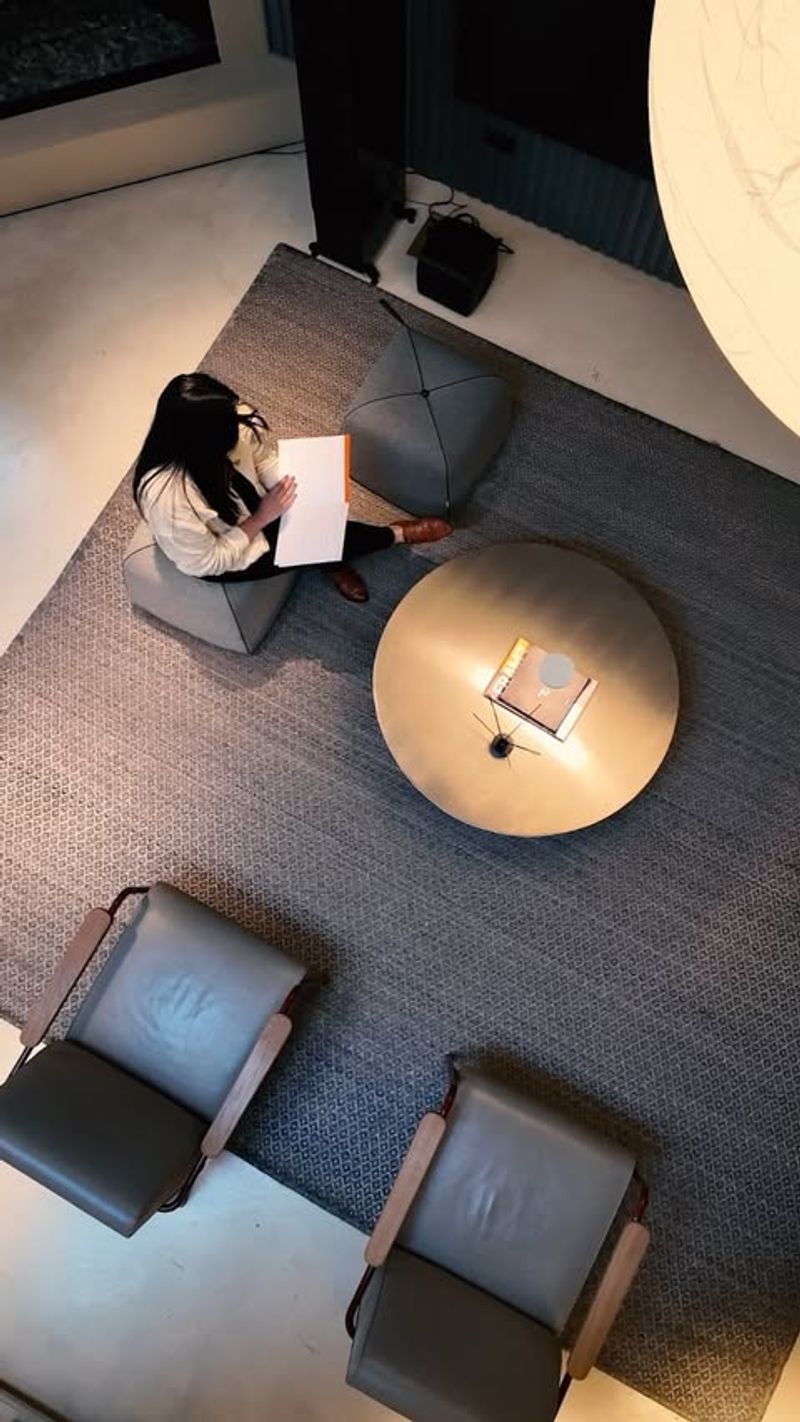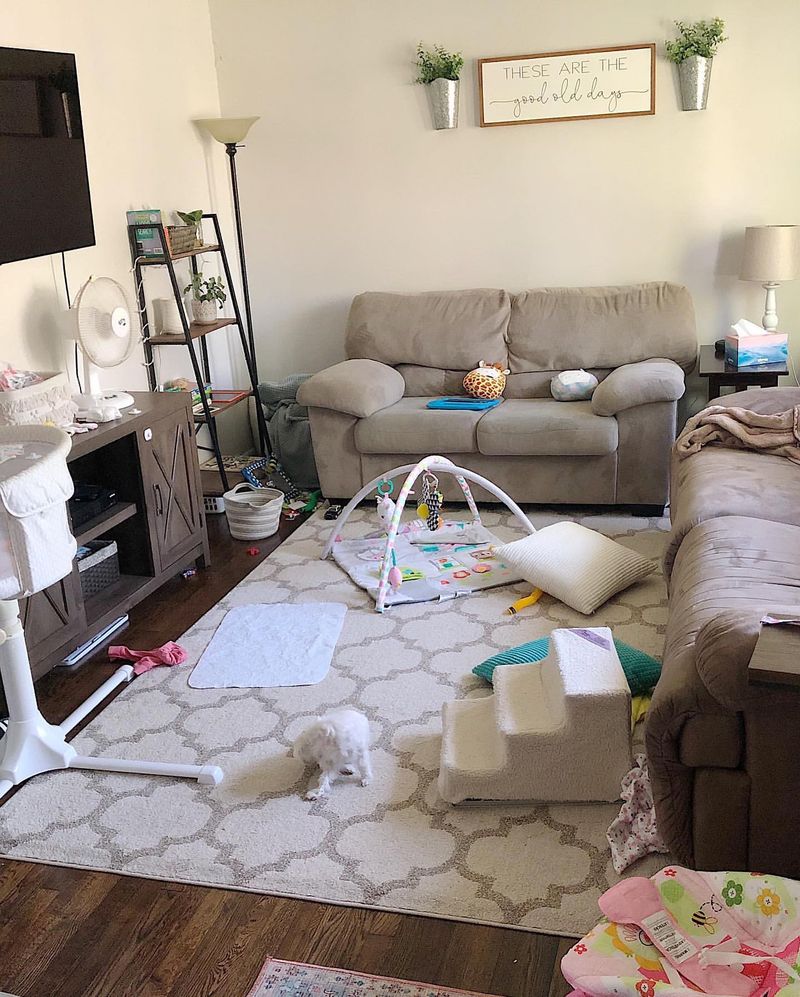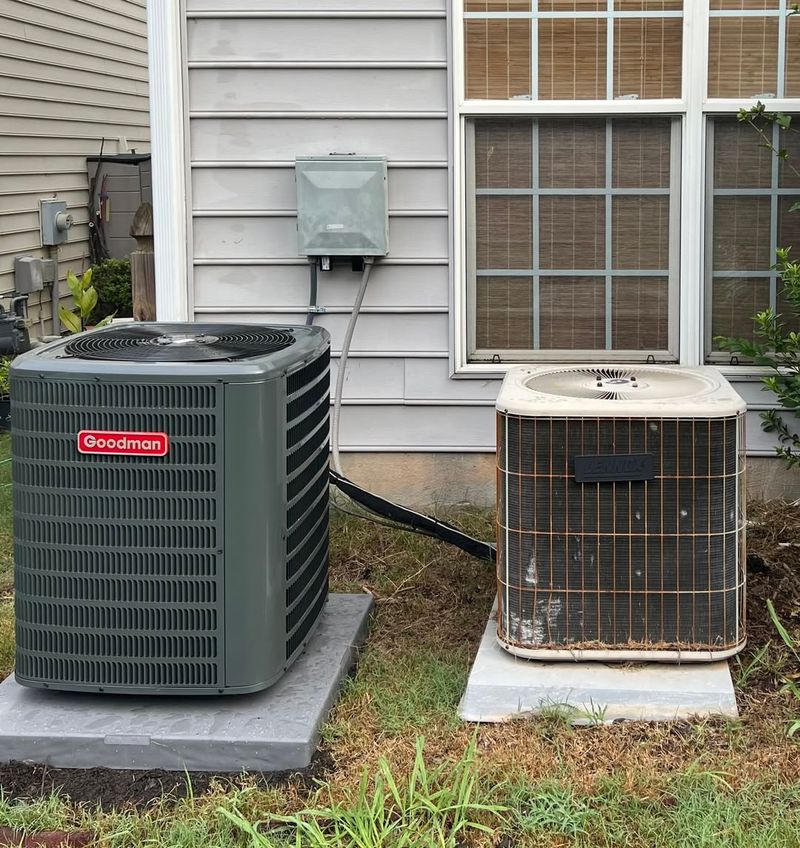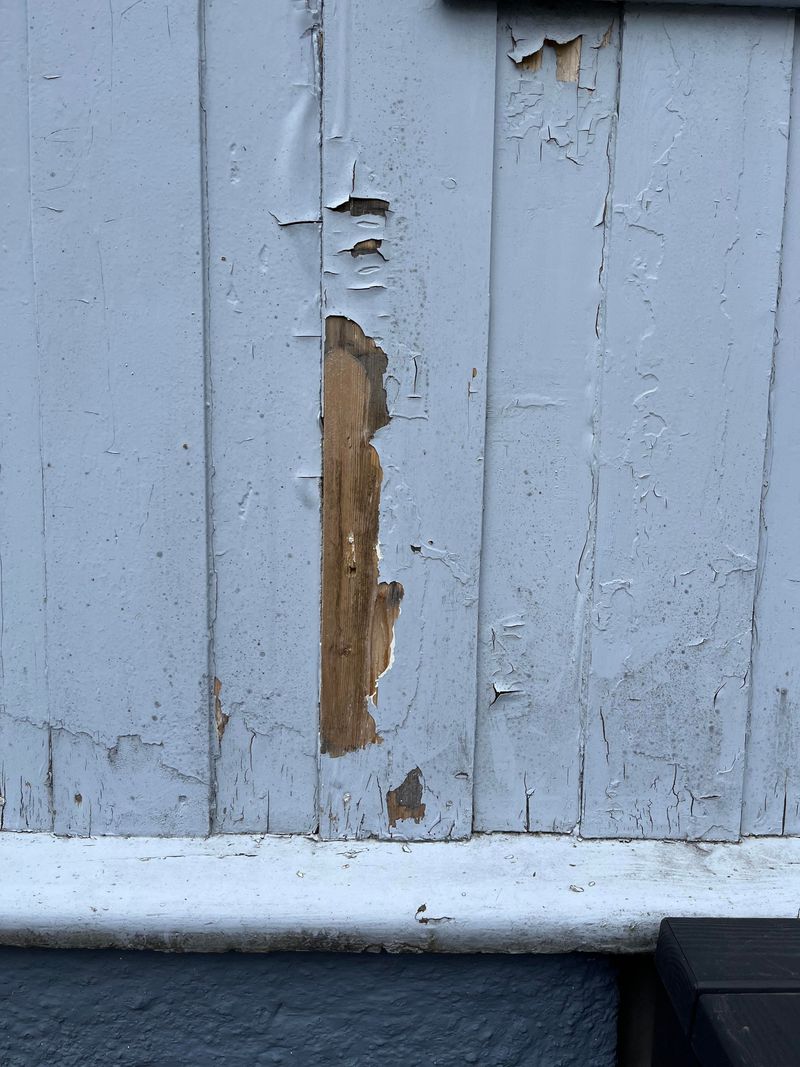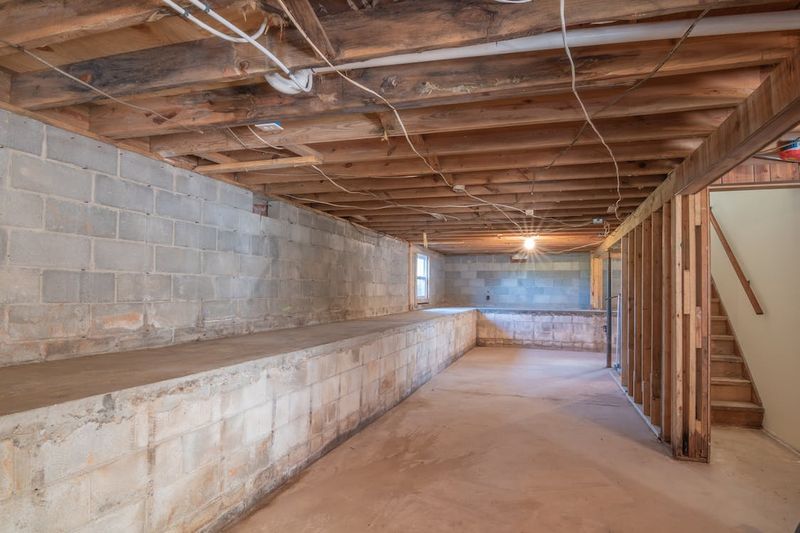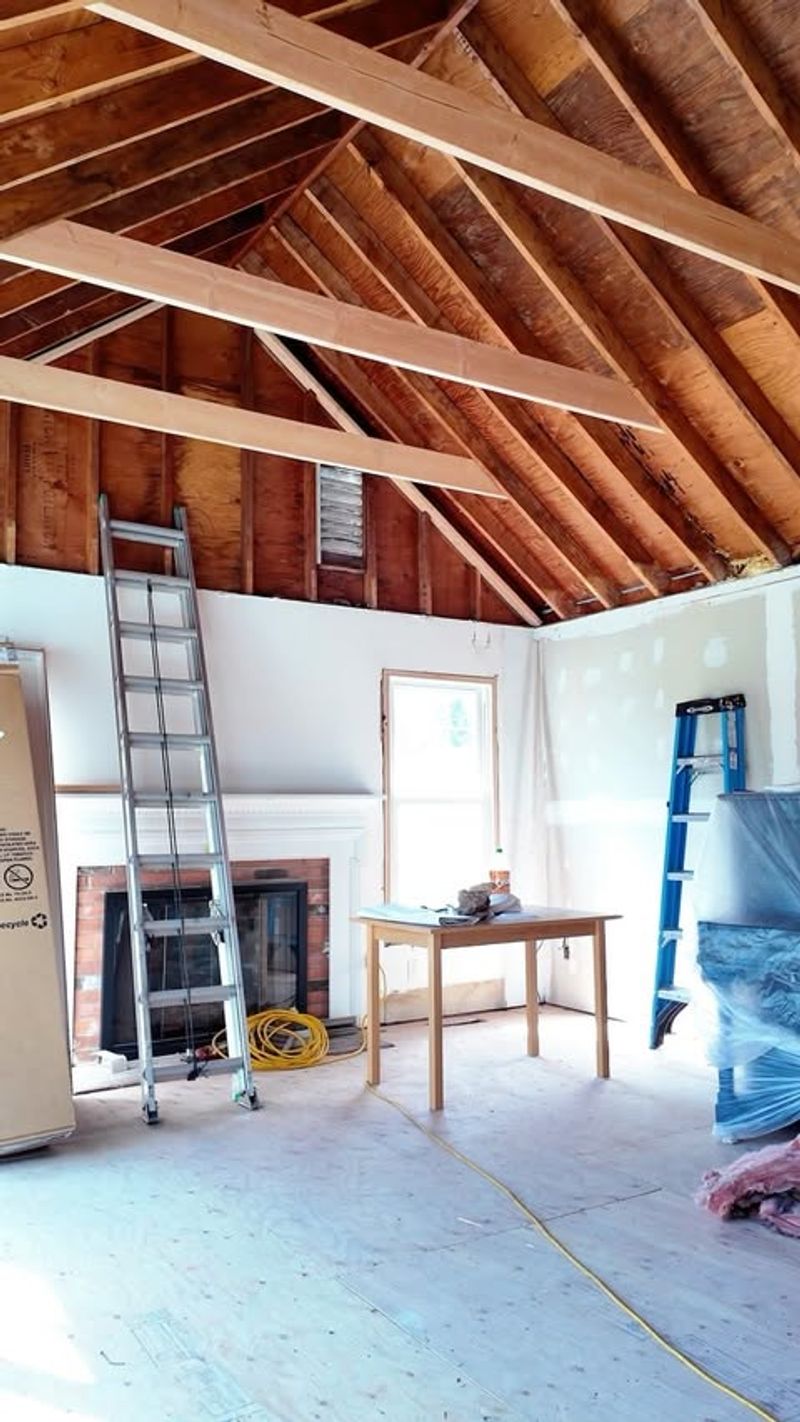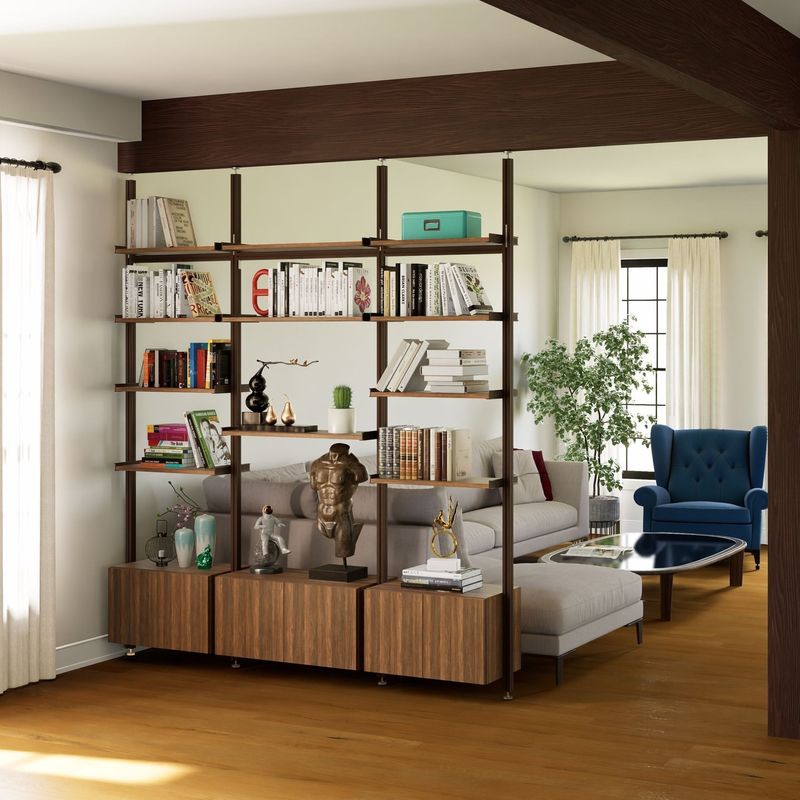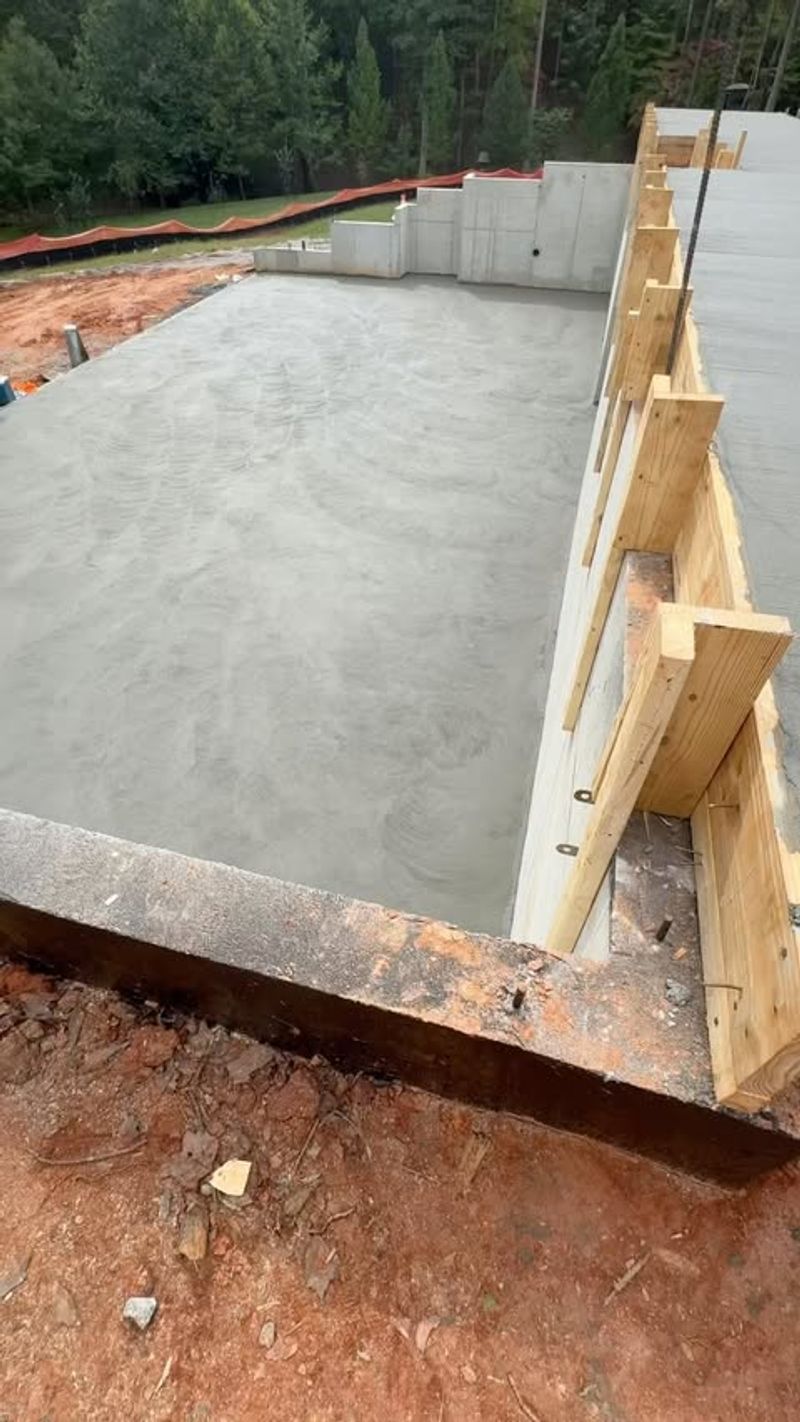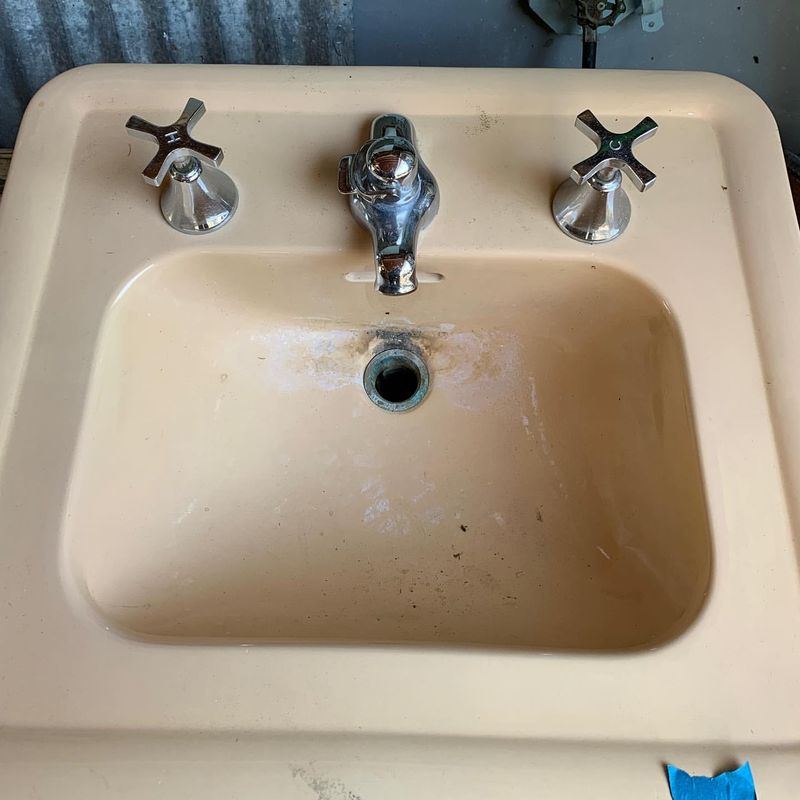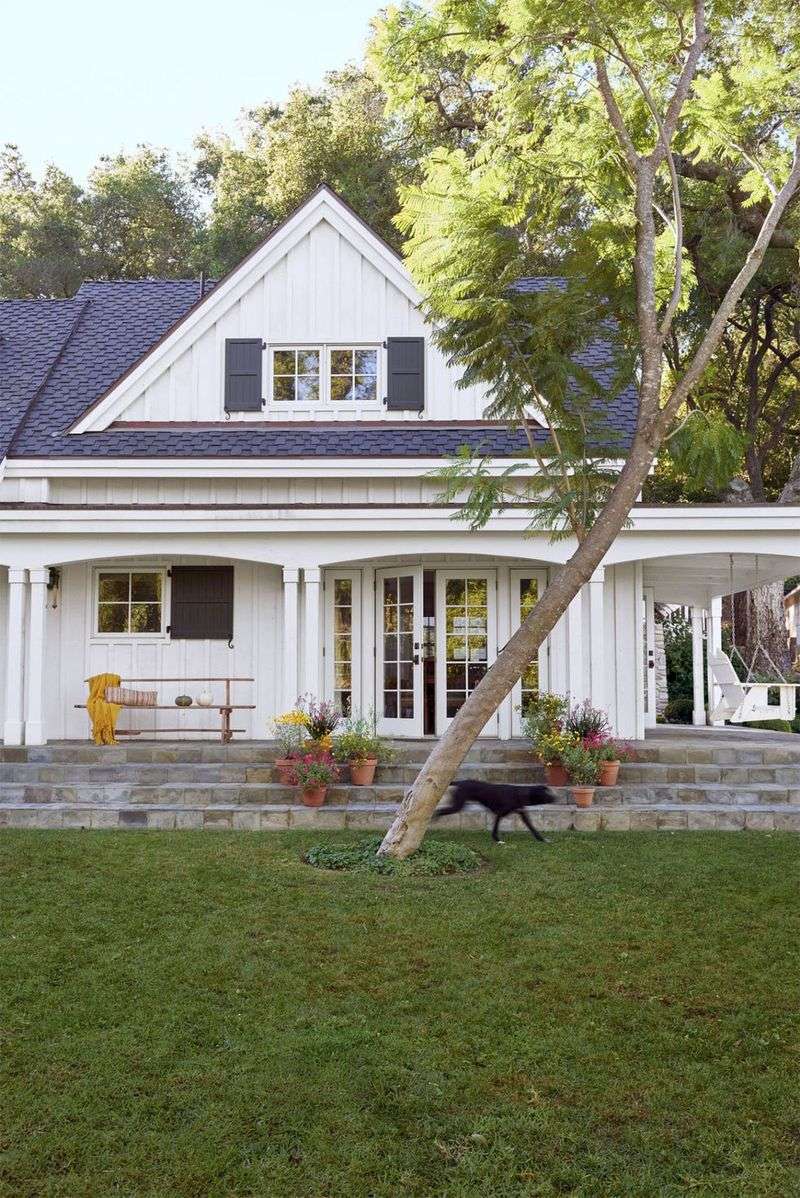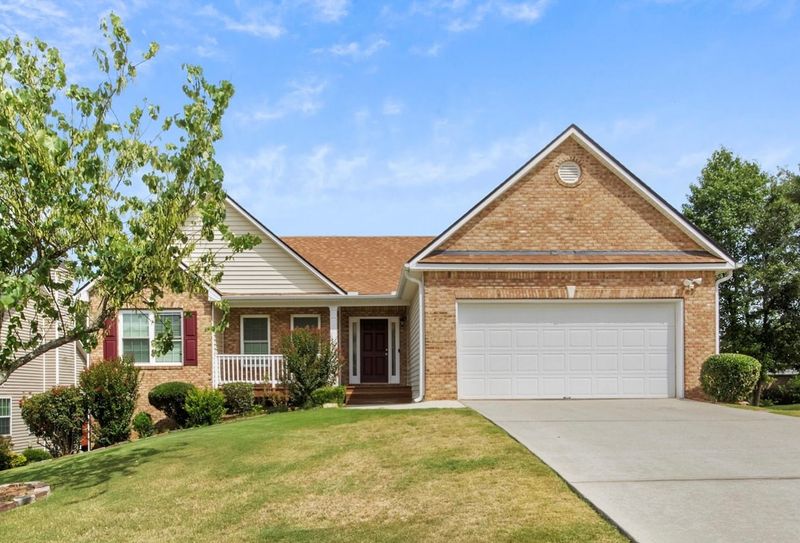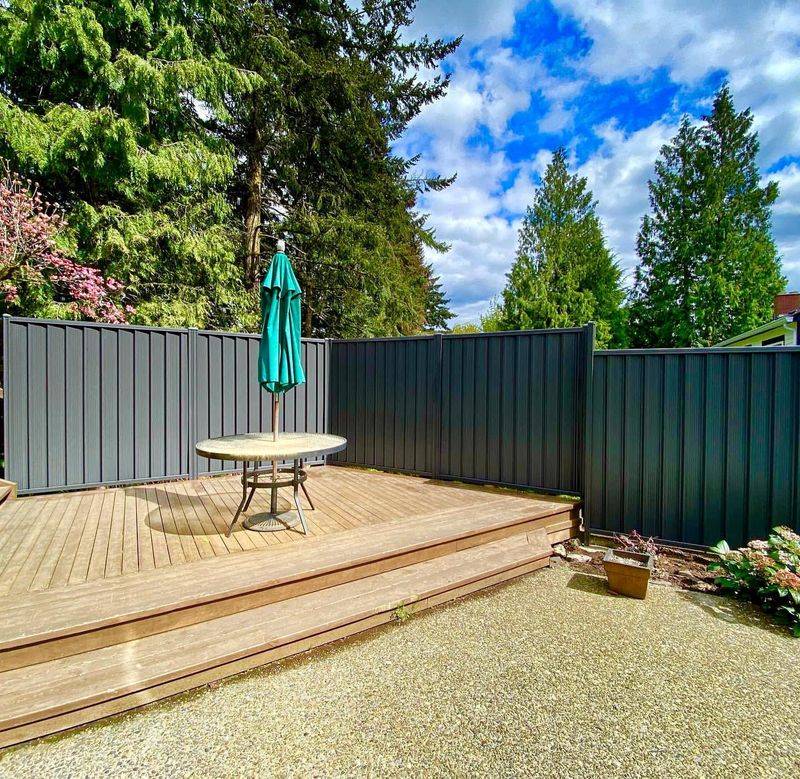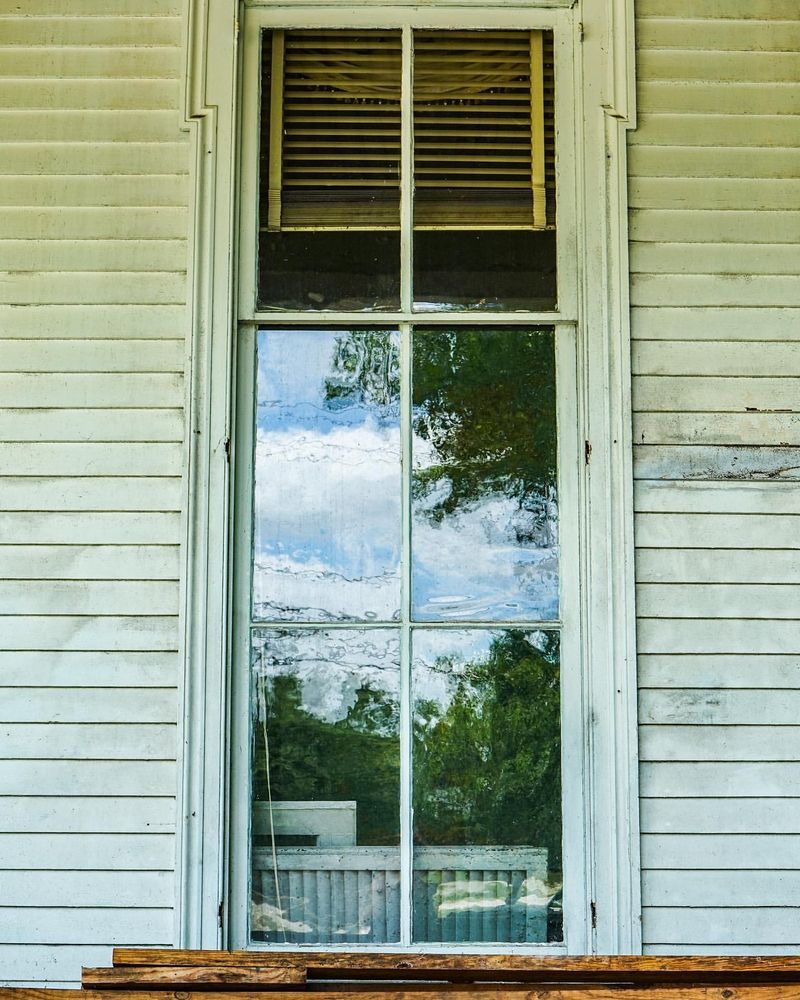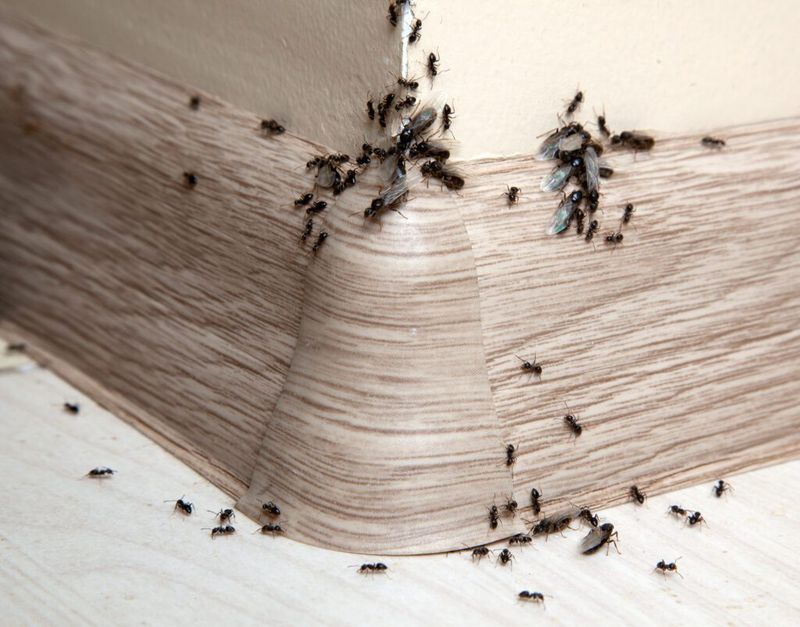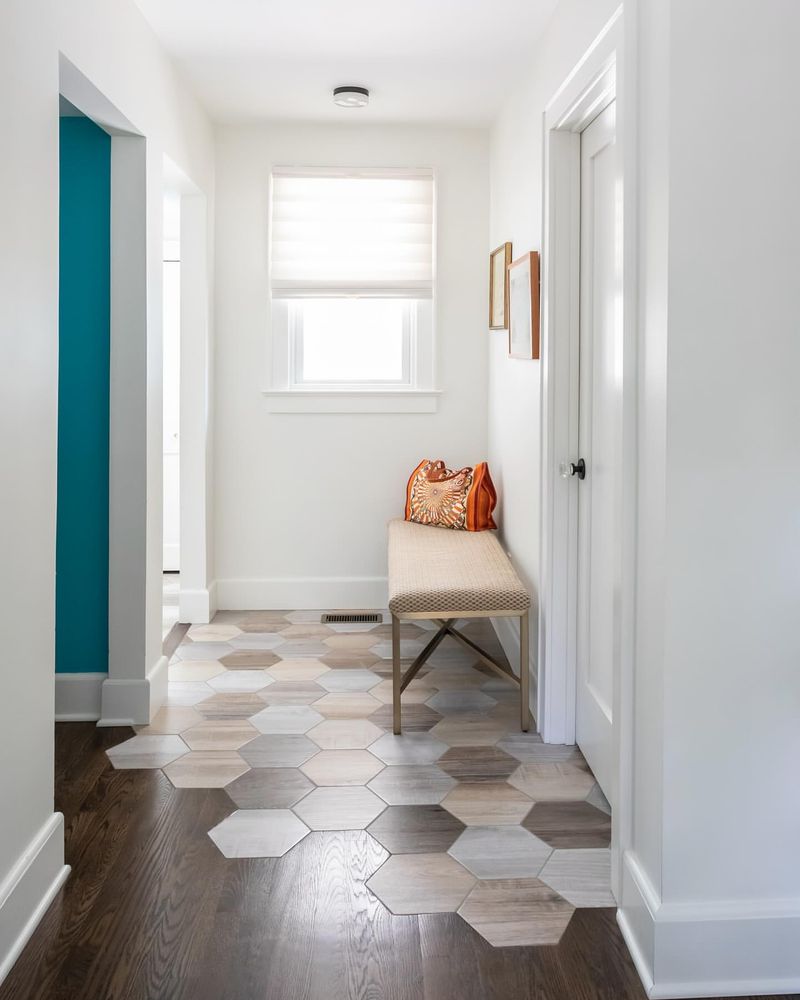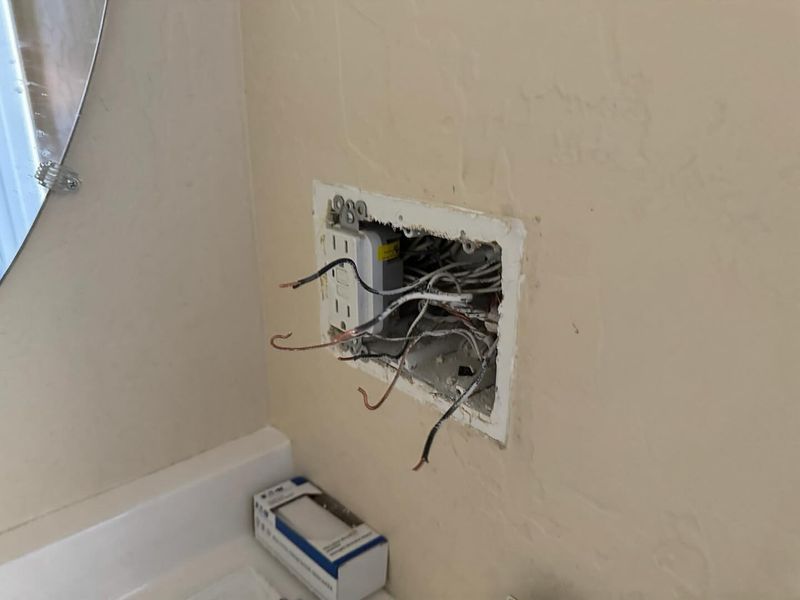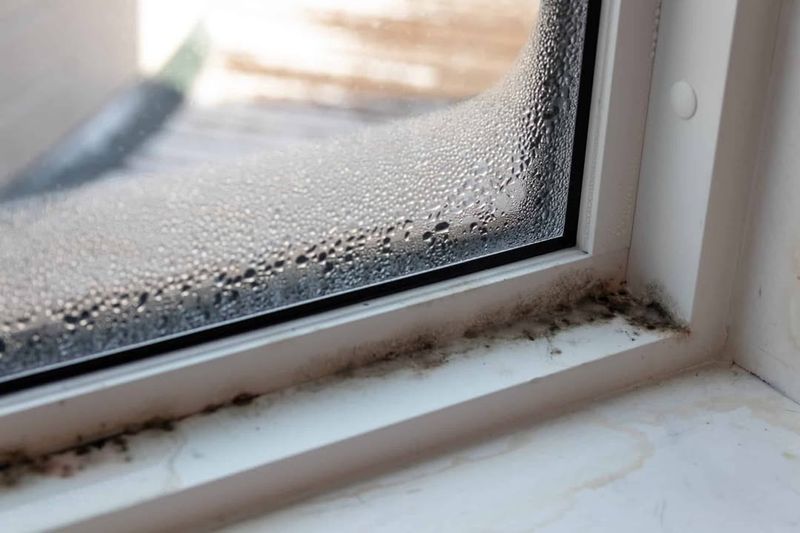Buying a home is one of the biggest decisions most of us will ever make, and let’s be honest, buyers notice everything. From funky smells to cracks in the walls, even small red flags can raise big questions.
I’ve put together a list of 27 common issues that often make potential buyers pause or walk away altogether. If you’re thinking of selling, it’s worth taking a closer look at these details.
Fixing them ahead of time can boost your home’s appeal and make the whole process a lot smoother for everyone involved, including you.
1. Unpleasant Odors
Nothing turns a buyer away faster than stepping into a house overwhelmed by unpleasant smells. Whether it’s lingering pet odors or the stench of stale smoke, these scents can make a lasting negative impression. Odors are often perceived as signs of deeper, hidden problems, such as mold or poor ventilation.
To tackle this issue, ensure your home is well-ventilated and consider using neutralizers to eliminate persistent smells. Clean thoroughly, focusing on carpets, curtains, and upholstery where odors tend to cling. Buyers appreciate a fresh and inviting aroma.
2. Cracked Walls
Cracks in the walls can signify more than just cosmetic issues; they might hint at serious structural problems. When buyers notice these, alarm bells ring, wondering about the home’s foundation or potential water damage.
It’s crucial to address these issues before putting your house on the market. Invest in repairs and get a professional opinion on the cause of the cracking. Reassuring potential buyers with evidence of recent assessments can provide peace of mind. Peaceful walls equate to peace of mind for prospective homeowners.
3. Outdated Kitchens
A kitchen is often the heart of the home, and outdated features can be a significant turn-off. If buyers see old appliances or faded countertops, they may calculate the costs of renovation, which could deter their interest. Modernity and functionality are key.
Consider updating essential elements like cabinet doors, lighting fixtures, and faucets. Sometimes, a fresh coat of paint can work wonders, giving a contemporary feel without breaking the bank. When buyers picture themselves cooking in your kitchen, you want them to feel inspired.
4. Poor Curb Appeal
First impressions matter immensely, and curb appeal sets the tone for the entire home tour. Overgrown lawns, chipped paint, or cluttered porches suggest neglect, discouraging potential buyers.
To enhance curb appeal, maintain your garden, fix peeling paint, and ensure the entrance is welcoming. Simple touches like a new mailbox or potted plants can make a significant difference. Buyers often decide within minutes; make sure they’re captivated from the start.
5. Leaky Roof
A leaky roof is more than a mere inconvenience; it signals potential water damage and costly repairs. Buyers are quick to spot signs such as water stains or mold on ceilings, raising concerns about the home’s integrity.
Address roof issues promptly and consider having a professional inspection to reassure buyers. Providing documentation of recent repairs can ease their worries, assuring them that the home is a safe investment. A solid roof over their heads is what every buyer wants.
6. Poor Lighting
Dimly lit rooms can make a space feel small and uninviting, not to mention potentially unsafe. Buyers prefer homes that are bright and airy, offering a sense of openness and comfort.
Enhance lighting by replacing outdated fixtures, using higher wattage bulbs, or incorporating additional lighting sources. Natural light is a plus, so ensure windows are clean and unobstructed. A well-lit home not only looks more appealing but also feels more welcoming to potential buyers.
7. Cluttered Spaces
Clutter can obscure a home’s potential, leaving buyers unable to imagine themselves in the space. Personal items, excess furniture, and crowded rooms create visual noise that detracts from the home’s appeal.
Clear out unnecessary items and organize spaces to highlight the home’s best features. Minimalism is often key, allowing buyers to see the possibilities. A tidy, open environment invites buyers to envision their future and the memories they’ll create in your home.
8. Old HVAC Systems
An outdated HVAC system can be a significant red flag, indicating potential inefficiency and upcoming replacement costs. Buyers are often concerned about the energy bills and the comfort level in extreme weather conditions.
Consider having the system serviced or upgraded before listing your home. Providing documentation of recent maintenance can reassure buyers of the system’s reliability. A well-functioning HVAC system promises comfort and cost-effectiveness, easing buyer hesitations.
9. Peeling Paint
Peeling paint is more than an eyesore; it suggests neglect and potential exposure to the elements. Buyers might worry about underlying damage, affecting their perception of the home’s overall condition.
Refresh the paint both inside and out to present a well-maintained appearance. Focus on neutral colors that appeal to a wide range of tastes. A fresh paint job is an easy way to enhance aesthetic value and reassure buyers of the house’s quality.
10. Neglected Landscaping
Neglected landscaping gives an impression of disrepair, potentially discouraging buyers before they even enter the home. An unruly garden can make them question what other maintenance issues lie beneath the surface.
Invest time in trimming bushes, mowing the lawn, and removing weeds. Adding vibrant flowers or decorative elements can enhance the appeal. A well-maintained garden provides a sense of care and attention to detail, attracting buyers to explore further.
11. Damp Basements
Dampness in basements is a major concern, often hinting at water infiltration problems that could lead to mold growth. Buyers are typically wary of potential health risks and structural issues.
Ensure your basement is dry and ventilated, addressing any leaks or moisture problems. Consider employing a dehumidifier or waterproofing solutions. Providing evidence of resolved issues can reassure buyers and promote confidence in the home’s condition.
12. Unfinished Repairs
Unfinished repairs signal to buyers that the house has been neglected and may require more work than anticipated. These visible signs of neglect can raise questions about the home’s overall condition.
Prioritize completing any outstanding repairs before showing your home. Even minor fixes can make a significant difference in perception. A well-maintained home reflects pride in ownership, increasing buyer confidence and interest.
13. Inadequate Storage
Storage is a key factor for buyers, influencing their decision-making process. Insufficient storage can make even the most spacious homes feel cramped and impractical.
Optimize your storage solutions by clearing out clutter and creatively using all available space. Consider adding shelving or closet organizers to maximize efficiency. Demonstrating ample storage options reassures buyers of the home’s functionality, making it a more attractive choice.
14. Foundation Issues
Foundation issues are a serious red flag, often indicating significant structural problems. Buyers are likely to be wary of potential repair costs and safety hazards.
If your home has foundation concerns, address them with professional evaluations and repairs. Providing thorough documentation of fixes can help ease buyer apprehensions. A stable foundation is a cornerstone of confidence for any prospective homeowner.
15. Outdated Bathroom Fixtures
Outdated bathroom fixtures can make a home feel old and unattractive to buyers. They may envision costly renovations, which can deter interest.
Consider updating essential fixtures such as faucets, showerheads, and lighting. Modern touches can transform the space, adding appeal without extensive renovations. A fresh, contemporary bathroom invites buyers to see the home as ready for modern living.
16. Overgrown Trees Near the House
Overgrown trees can pose a significant concern for home buyers, especially when they are situated close to the house. The roots can damage the foundation, while branches can fall on the roof during storms. Such scenarios lead to expensive repairs, making potential buyers wary.
In addition to structural concerns, overgrown trees can block sunlight, resulting in a darker indoor environment. This might not appeal to those who appreciate natural lighting. Regularly trimming and maintaining trees can mitigate these issues and present a well-cared-for exterior.
Experts recommend consulting an arborist to assess tree health and risks. Addressing any tree-related concerns before listing can prevent buyers from walking away due to perceived neglect.
17. Poorly Maintained Driveways
A poorly maintained driveway can hurt a home’s curb appeal, hinting at neglect or costly repairs. Buyers might worry about vehicle damage or safety hazards.
Repair any cracks and ensure the driveway is even and in good condition. Consider a reseal or repaving for a fresh look. A well-maintained driveway welcomes buyers, setting a positive tone as they arrive at your home.
18. No Privacy Fencing
Privacy is a top priority for many home buyers, and a lack of fencing can be a substantial deterrent. Without a barrier, potential buyers might feel exposed to the prying eyes of neighbors, which could be a deal breaker.
A well-installed fence not only provides privacy but also adds a sense of security and boundaries to a property. It is particularly appealing to families with children or pets who need a safe space to play.
Consider installing a fence that complements the home’s style and neighborhood standards. This investment can significantly enhance a property’s appeal, making it more attractive to privacy-conscious buyers.
19. Old Windows
Old windows can suggest poor insulation and higher energy costs, deterring potential buyers. Drafts and condensation are common signs that windows need replacing.
Consider upgrading to energy-efficient models that offer better insulation and aesthetics. New windows enhance the home’s appeal and promise lower energy bills. Buyers appreciate knowing they won’t need to make immediate upgrades post-purchase.
20. Pest Infestations
Pest infestations are an immediate red flag, raising concerns about cleanliness and potential damage. Buyers are quick to notice signs such as droppings or gnaw marks.
Ensure thorough pest control measures are in place and visible signs are dealt with promptly. Providing a clean pest inspection report can ease fears, ensuring buyers see your home as a safe, clean environment. No one wants uninvited guests in their new home.
21. Inconsistent Flooring
Inconsistent flooring styles can disrupt the flow of a home, making it feel disjointed and less appealing. Buyers might be concerned about the cost and effort to unify the flooring.
Consider coordinating flooring throughout the home to create a cohesive look. Even simple changes or transitions can harmonize different areas, enhancing overall appeal. Continuity in flooring helps buyers envision a unified, welcoming space.
22. Outdated Electrical Wiring
Outdated electrical wiring can be a major safety hazard, causing buyers to hesitate. Concerns about fire risks and the ability to support modern appliances are common.
If your wiring is outdated, consider upgrading to meet current standards. Assurance of a safe, modern electrical system can ease buyer concerns. Highlighting recent updates demonstrates the home’s readiness for contemporary living.
23. Overly Personalized Decor
Overly personalized decor can make it difficult for buyers to envision themselves in the space. Bold colors and unique art might not appeal to everyone’s taste.
Neutralize the decor by opting for softer colors and more universally appealing design choices. This allows buyers to imagine their own style in your home. A less personalized space encourages them to see it as their potential home, not someone else’s.
24. Low Ceilings
Low ceilings can make rooms feel cramped and less inviting, deterring potential buyers. They might associate low ceilings with older, less desirable properties.
Enhance the perception of height by using vertical design elements or lighter colors. Consider strategically placed lighting to add depth and openness. Creating the illusion of space can transform how buyers perceive the room, making it more appealing.
25. Visible Mold
Visible mold is a glaring red flag, signaling potential health hazards and water damage. Buyers are likely to be alarmed, fearing costly remediation efforts.
Address mold issues thoroughly, ensuring all affected areas are clean and repaired. Consider professional remediation services to guarantee mold is eliminated. Presenting a clean, mold-free environment reassures buyers that the home is safe and well-maintained.
26. Mysterious Neighbor Shrines
Would you buy a house where the neighbor has constructed an elaborate shrine to Nicolas Cage in their front yard? Probably not! Bizarre neighbor behavior ranks surprisingly high on buyer turnoff lists.
Though you can’t control what others do, potential buyers absolutely notice when the house next door features mannequins dressed as historical figures or a collection of toilet seat art displayed along the fence line.
Sometimes the quirkiest neighbors seem perfectly normal until open house day when they suddenly decide to practice their bagpipes or hold an amateur taxidermy convention.
27. Suspiciously Happy Room
If your house has that one room where you’ve inexplicably painted the walls sunshine yellow, filled it with motivational posters, and installed permanent speakers that play nothing but upbeat 80s pop tunes, buyers will run faster than you can say “Don’t Worry, Be Happy.”
How could a cheerful room be a turnoff? Well, excessive happiness in a single space often makes buyers wonder what horrible event you’re trying to compensate for. Where there’s manufactured joy, there must be darkness, their minds reason.
Sometimes they’ll even whisper to their realtor, “Is this where the exorcism happened?” as they back slowly toward the exit.

